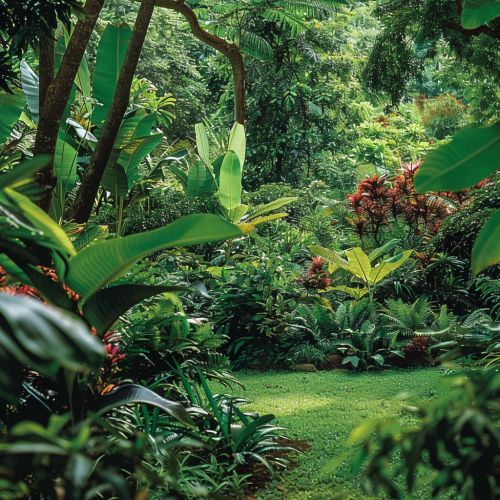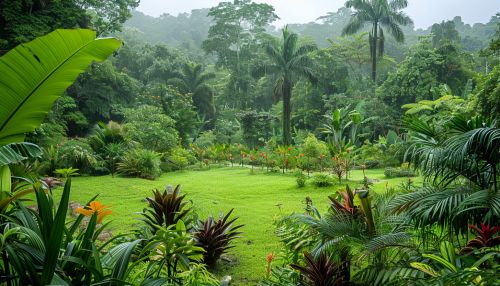Plant conservation
Introduction
Plant conservation is a dedicated effort to prevent the loss of plant species worldwide, as well as the degradation of natural habitats and their associated ecosystems. It involves a range of strategies, from in-situ conservation, which focuses on preserving plants in their natural habitats, to ex-situ conservation, which involves conserving plant species outside their natural habitats.


Importance of Plant Conservation
Plants play a vital role in maintaining ecosystems and the overall health of our planet. They are primary producers in ecosystems, providing food and habitat for a variety of animal species. They also play a crucial role in the carbon cycle, absorbing carbon dioxide from the atmosphere and releasing oxygen. Furthermore, plants contribute to the regulation of water cycles and soil formation, and provide a variety of resources for human use, such as food, medicine, and materials for shelter and clothing.
Threats to Plant Diversity
A variety of factors pose threats to plant diversity. These include habitat destruction due to urbanization, agriculture, and logging; climate change; invasive species; over-harvesting of plant resources; and pollution. These threats often act synergistically, exacerbating the decline of plant species.
Strategies for Plant Conservation
Plant conservation strategies can be broadly divided into in-situ and ex-situ approaches.
In-Situ Conservation
In-situ conservation involves the protection of plant species within their natural habitats. This is often achieved through the establishment of protected areas such as national parks, nature reserves, and wilderness areas. In-situ conservation also involves the restoration of degraded habitats and the management of landscapes to maintain or enhance biodiversity.
Ex-Situ Conservation
Ex-situ conservation involves the preservation of plant species outside their natural habitats. This is often achieved through the establishment of botanic gardens, seed banks, and tissue culture facilities. These facilities provide a means of preserving plant genetic diversity and can serve as a source of material for reintroduction and habitat restoration efforts.
Challenges in Plant Conservation
Despite the importance of plant conservation, there are numerous challenges that hinder its success. These include a lack of funding and resources, insufficient knowledge about plant species and their conservation needs, and the ongoing threats to plant diversity.
Future Directions in Plant Conservation
The future of plant conservation lies in the integration of in-situ and ex-situ strategies, the development of new technologies for plant conservation, and the strengthening of international cooperation in plant conservation efforts.
